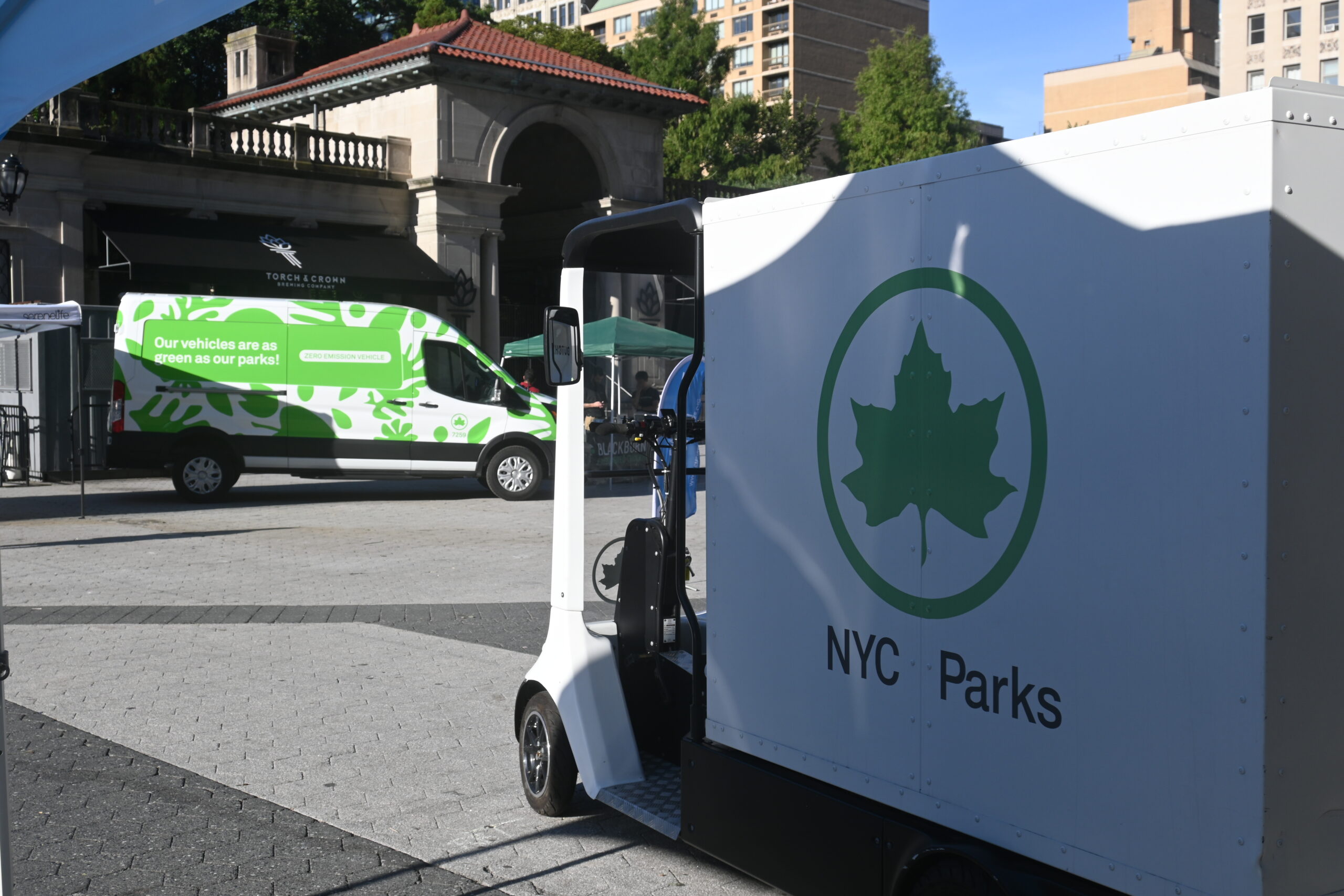In the ever-evolving world of last-mile delivery, companies are searching for the most efficient and sustainable options. This showdown between Fernhay’s eQuad and electric vans will delve into their benefits, highlighting which is the better solution for urban logistics. Whether your focus is on speed, cost-effectiveness, or eco-friendliness, we’ve got you covered.
What is the eQuad? A Revolutionary Last-Mile Solution
Fernhay’s eQuad is a cutting-edge, four-wheeled electric cargo bike designed to streamline last-mile deliveries, particularly in congested urban areas. The eQuad is nimble yet capable of handling substantial deliveries. Here’s why it’s changing the game:
- Compact and Agile: Easily navigates through traffic and narrow streets.
- Sustainability: Zero emissions, making it perfect for eco-conscious businesses.
- Cost-Effective: Lower operational costs compared to vans (e.g., no fuel costs, reduced parking fees).
- Efficiency: Designed for city deliveries where vans may face delays due to traffic or parking restrictions.
Electric Vans: The Larger Contender for Bigger Loads
Electric vans are increasingly common in last-mile logistics. These vehicles offer a balance between capacity and sustainability, but how do they measure up against the eQuad?
- Higher Payload: Can carry more goods, making them suitable for larger deliveries.
- Extended Range: Electric vans often have longer battery ranges, which can be beneficial for suburban or rural deliveries.
- Familiarity: They maintain the traditional delivery vehicle format, easing the transition for companies upgrading from combustion-engine vehicles.
Speed and Efficiency: Navigating the Urban Jungle
In cities, traffic congestion is one of the biggest challenges for last-mile delivery. Here’s how the eQuad and electric vans compare:
- eQuad: Due to its compact size, it can bypass congested areas using bike lanes or smaller roads. This can significantly reduce delivery times, especially during rush hour.
- Electric Vans: While electric vans can carry more goods, they are prone to the same traffic issues as traditional vehicles. However, they are better suited for larger, bulkier deliveries or longer distances.
Sustainability Comparison
With both options being electric, the question becomes: Which is greener?
- eQuad: As a smaller vehicle, the eQuad consumes significantly less energy, leaving a smaller carbon footprint. Its zero-emission design makes it ideal for companies aiming to achieve carbon-neutral goals.
- Electric Vans: Although still a greener alternative to diesel or petrol vans, electric vans consume more energy than the eQuad due to their size and weight.
Cost-Effectiveness: Which Offers Better Value?
Cost is always a critical factor in logistics. Let’s break down the costs associated with each vehicle.
- eQuad: With low maintenance, no fuel costs, and no need for parking fees, it proves to be a budget-friendly option for urban delivery.
- Electric Vans: While electric vans also save on fuel, the upfront cost is typically higher. However, they might offer a better return on investment for larger operations or companies that need to carry more goods per trip.
Maintenance and Operation Costs
- eQuad: Minimal maintenance due to its simple design and fewer parts. Fernhay offers a hassle-free solution that’s easy to service.
- Electric Vans: While electric motors require less maintenance than traditional engines, the complexity of vans means more regular servicing and higher costs over time.
Flexibility and Accessibility: Delivering in a Crowded City
Accessibility is key in dense urban areas, and each vehicle has its strengths:
- eQuad: Perfect for inner-city deliveries, it can access pedestrian zones, cycle lanes, and other restricted areas, avoiding many of the obstacles that vans face.
- Electric Vans: Though less flexible in tight urban settings, vans can deliver larger loads to distribution centers or areas where space is less of an issue.
The Future of Last-Mile Delivery: A Hybrid Approach?
As the logistics industry evolves, the future of last-mile delivery might not be a choice between one or the other but a hybrid approach. Here’s how:
- Small, frequent deliveries: eQuads are perfect for densely populated urban centers where speed and accessibility matter most.
- Larger, less frequent deliveries: Electric vans can handle the bulkier goods and cover greater distances.
By combining both, companies can optimize their delivery strategy, using eQuads for small packages in crowded cities and vans for larger or longer-distance deliveries.
Conclusion
When it comes to last-mile delivery, both the eQuad and electric vans offer significant advantages. The choice ultimately depends on your business’s specific needs. If your focus is on urban areas, reducing costs, and sustainability, the eQuad is the clear winner. However, for larger operations requiring bigger payloads and longer distances, electric vans may still have their place.
At Fernhay, we’re proud to offer innovative solutions like the eQuad to help businesses meet the challenges of modern delivery. Ready to make your last-mile logistics more efficient and eco-friendly? Contact us today to find out more.

